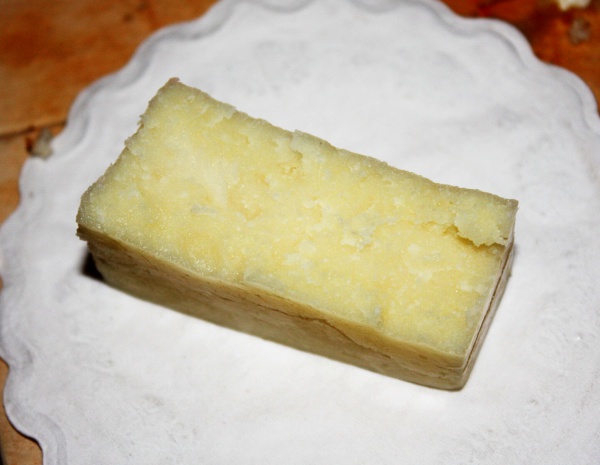Facts About Kashkaval
Kashkaval is a delightful yellow cheese that can be crafted from cow's milk, sheep's milk, or a blend of both. Its name is derived from the Italian word "caciocavallo." In many regions such as Albania, Bulgaria, North Macedonia, Serbia, and Romania, "kashkaval" is the favored term for yellow cheese. For instance, in Bulgaria, menus frequently feature "кашкавал" which directly translates to "yellow cheese."
The name "kashkaval" has a fascinating origin. It may be rooted in Latin words that mean "cheese" and "horse" possibly referencing the traditional method of drying the cheese by hanging it on wooden poles reminiscent of a horse's back. Another theory suggests that the Aromanian people, who used the word "caș" for cheese, might have been the originators of this cheese variety.
In Albania, kaçkavall is a cherished cheese often served as a side dish in traditional meals. In Bulgaria, kashkaval made from cow's milk is a staple ingredient in dishes like kashkavalka and "princess." In Israel, it is particularly popular among the many residents with Eastern European ancestry. Romania and Moldova have their own versions, called cașcaval, which can be made from either sheep's or cow's milk.
Russia also enjoys its version of kashkaval, while in Serbia, kačkavalj is a traditional hard cheese made from sheep's milk. In the Levant, which includes countries such as Syria, Palestine, and Lebanon, a similar cheese known as qashqawān is highly popular, whether imported or produced locally.

 Greece
Greece